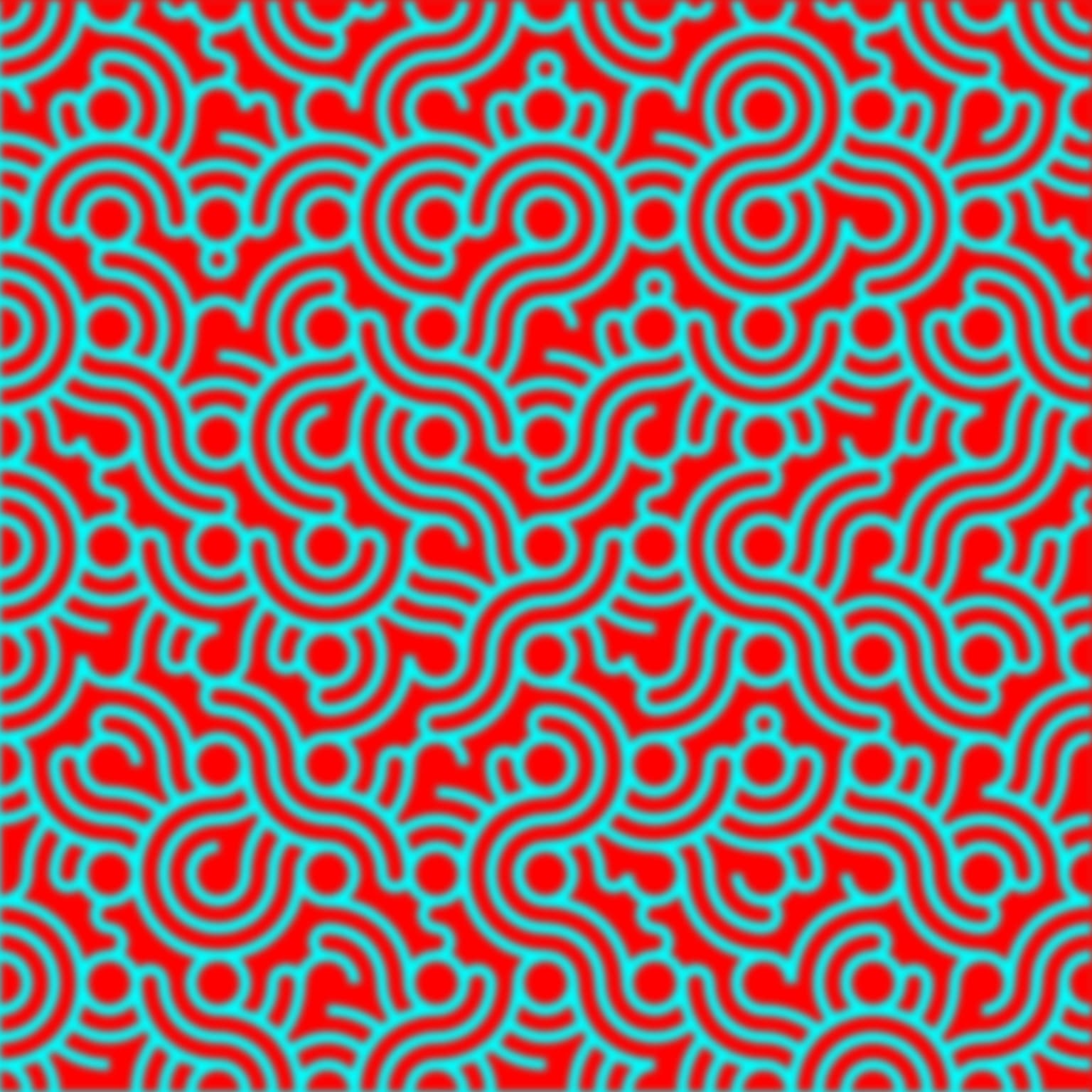Robert Krawczyk
Artists
Robert Krawczyk
Artist
BitArt
United States
Statement
These pieces were inspired by the wall drawings of Sol LeWitt and the findings of Father Sebastien Truchet (1657-1729). In 1704, Truchet considered all possible patterns formed by the tiling of right triangles oriented at the four corners of a square. Each tile was identical but could be placed rotated and tiled to form interesting random non-repeating patterns. Since every edge is connected to every other edge, paths are generated. LeWitt on his wall drawings used drawn arcs producing similar patterns. LeWitt instructed his crew to draw the arc in any orientation they wanted. The viewer then finds the paths. The ones included here randomly use two different tiles. Usually these patterns are rendered black and white, these are not.
Artworks

